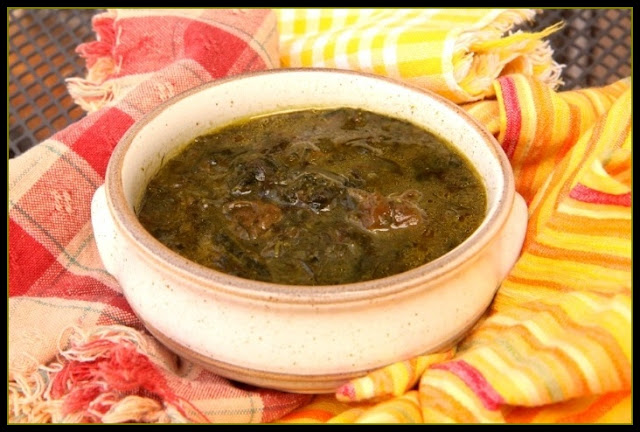Wild About - Apples
 When I was out foraging yesterday, I came across a gorgeous apple tree that I hadn't known about before. The apples were fairly low to the ground, nicely shaped, not buggy, and bigger than the apples on my backyard tree. They were still under ripe, but I picked a few to see how they'd cook up.
When I was out foraging yesterday, I came across a gorgeous apple tree that I hadn't known about before. The apples were fairly low to the ground, nicely shaped, not buggy, and bigger than the apples on my backyard tree. They were still under ripe, but I picked a few to see how they'd cook up.If you are new to foraging, feral apples (Malus spp.) can be the perfect gateway drug into wild foods. Wild varieties of apples, although generally smaller, tend to look similar enough to commercial ones as to leave little room for doubt in identification.
Since I just had a small bag full of the apples, I decided to turn them into applesauce. If you use this recipe, you can have your own wild local applesauce. The key to this recipe is cooking the apples with their skins and cores. Not only does this save you having to peel and core them (hooray!), but the skins and seeds add flavor to the finished sauce. If the apple skins are slightly red, they will lend a blush to the applesauce. Also, the pectin from the apple skins leaves the finished applesauce luxuriously thick.
Cut your apples into approximately one inch chunks, and toss them into a heavy-bottomed pan with enough water to cover the bottom of the pan by 1/4". Heat the apples over medium heat until very soft, adding more water as necessary to prevent scorching. Run the apples through a food mill to mash and remove the skins and seeds. Add a few spoonfuls of honey, a pinch of salt, and a bare dash of cinnamon.
My wild apples didn't turn to mush when I cooked them, and were incredibly full-flavored. This makes them a good candidate for canning. I will definitely be returning to that tree in the near future to harvest the apples when they are fully ripe, so long as someone else doesn't beat me to it!
This post appears as a part of Real Food Wednesday, the place I return to time and again for the latest news regarding real foods, and lots of great recipes.

